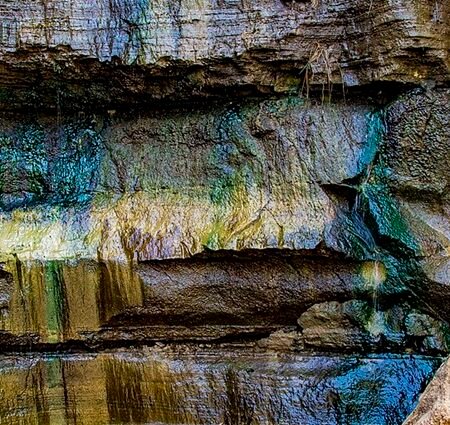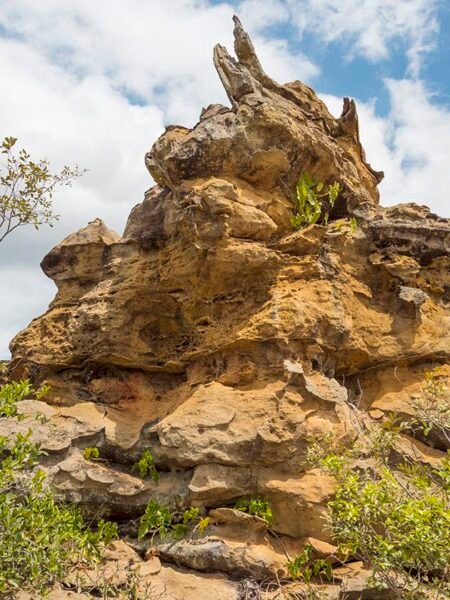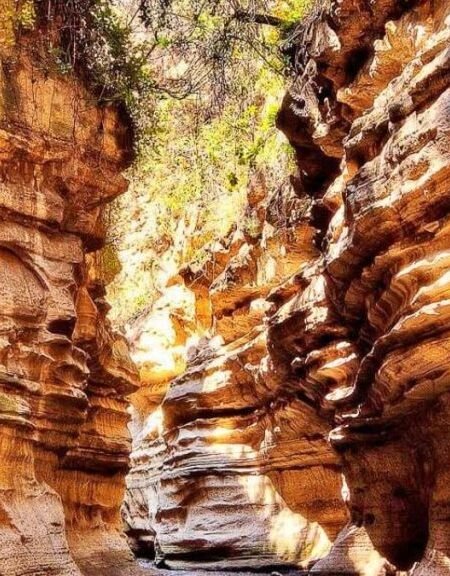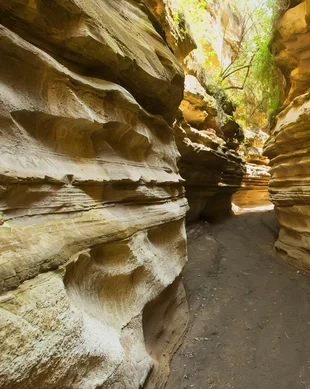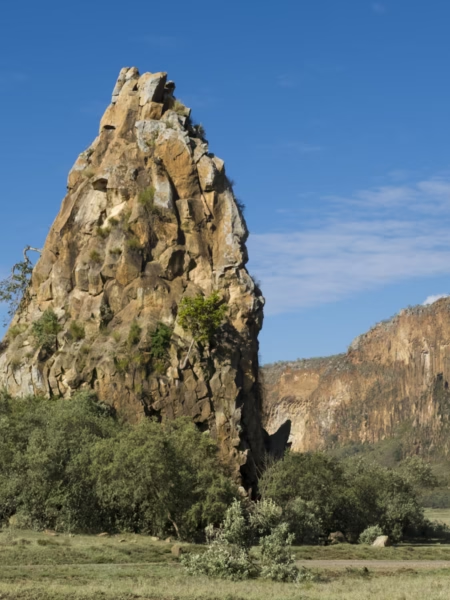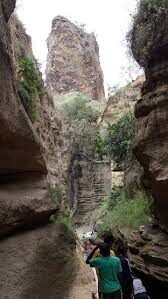Zooming in on the unique rock formations of Hell’s Gate National Park is like examining the raw, sculpted bones of the Earth itself, frozen mid-boil. Forget sweeping vistas; the intimate close-up reveals a drama forged in volcanic fire and sculpted by relentless elements, whispering tales of unimaginable pressure and patient erosion.
Fischer’s Tower: Imagine your lens inches from its fluted, near-vertical sides. The close-up unveils the intricate texture of phonolite lava – a mass of interlocking, needle-like crystals cooled rapidly into a dense, grey canvas. Deep, shadowed grooves carve down its length, not carved by tools, but by eons of rainwater tracing weaknesses. Jagged edges catch the harsh sunlight, contrasting sharply with smoother sections worn by windblown sand. Look closer: tiny pockets in the rock cradle hardy lichen in vibrant ochres and dusty greens, life stubbornly clinging to the volcanic monument. You feel the sheer, daunting scale of this ancient volcanic plug, its surface a complex map of geological violence and slow decay.
The Central Tower: A tighter frame captures the chaotic energy of this fortress-like outcrop. The close-up showcases a brutal mosaic. Angular blocks of obsidian, volcanic glass born from superheated silica, glint with a dark, almost sinister sheen where fractured. These are juxtaposed violently against rough, bubbly chunks of pumice – solidified froth, gashed open to reveal a honeycomb of air pockets, each a tiny void where gas once screamed through molten rock. The colours are a stark dialogue: the deep, absorbing black of obsidian against the lighter, porous greys and tans of tuff (compacted volcanic ash) and pumice. Cracks spiderweb across surfaces, filled with mineral stains – rusty reds from iron oxides, streaks of white calcite – nature’s slow graffiti.
Beyond the Icons: A macro lens might find wonder in lesser formations. Focus on a weathered basalt column face: hexagonal patterns emerge with uncanny geometric precision, the telltale signature of slow, uniform cooling shrinkage. Or find a section of conglomerate rock: a cemented jumble of rounded river pebbles and volcanic fragments, a chaotic close-up snapshot of ancient debris flows suddenly arrested. Feel the abrasive texture of volcanic ash compacted into soft rock, crumbling slightly under imagined fingertips.
The close-up view in Hell’s Gate strips away distance, forcing a confrontation with raw geological power. It reveals the intricate textures – glassy, porous, crystalline, eroded – born from fire and shaped by time. It shows the vibrant, miniature ecosystems of lichen painting the volcanic canvas. It’s an intimate encounter with landscapes sculpted not by gentle hands, but by the Earth’s furious, creative furnace, each fissure, bubble, and crystal a word in a silent, ancient story written in stone.
